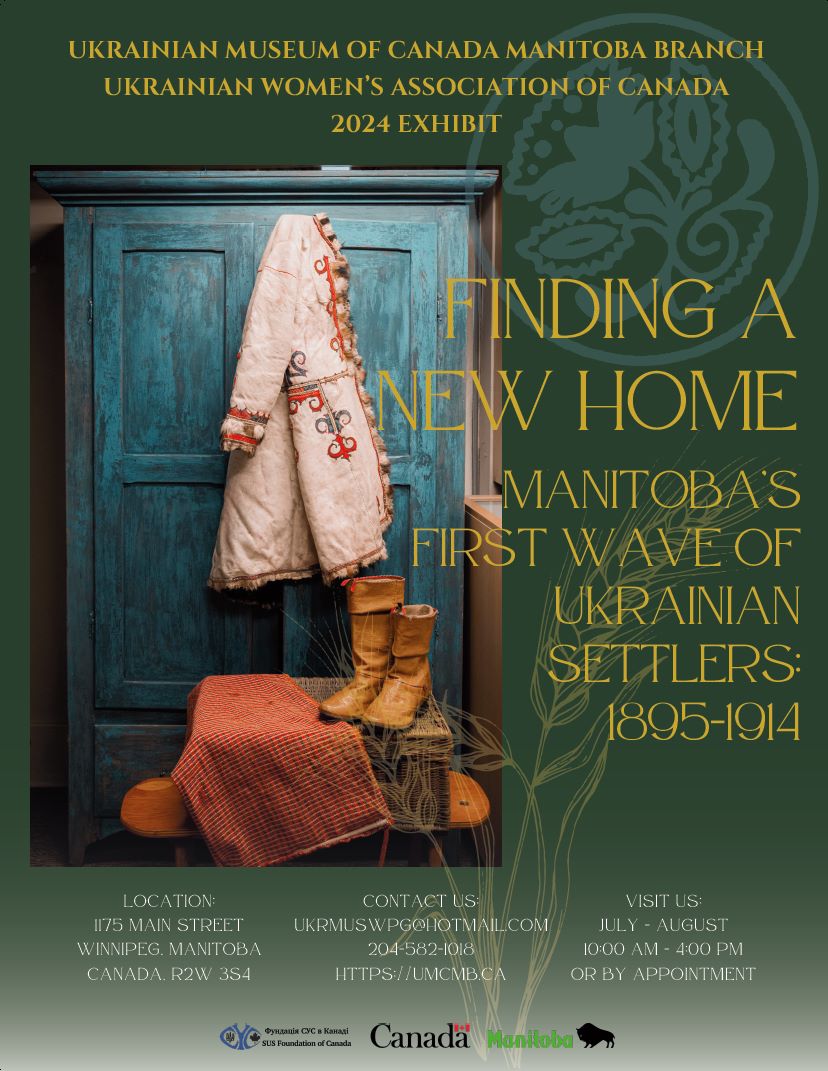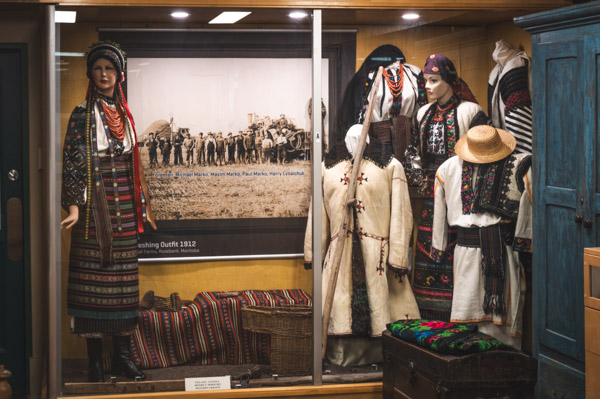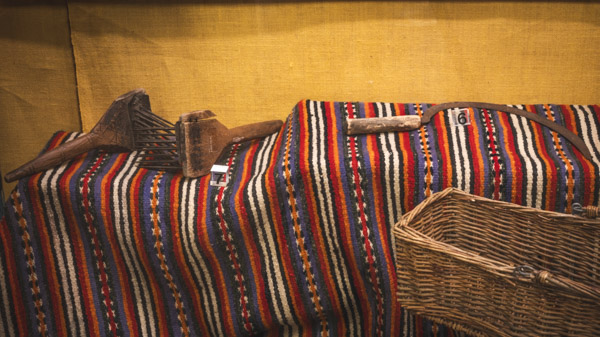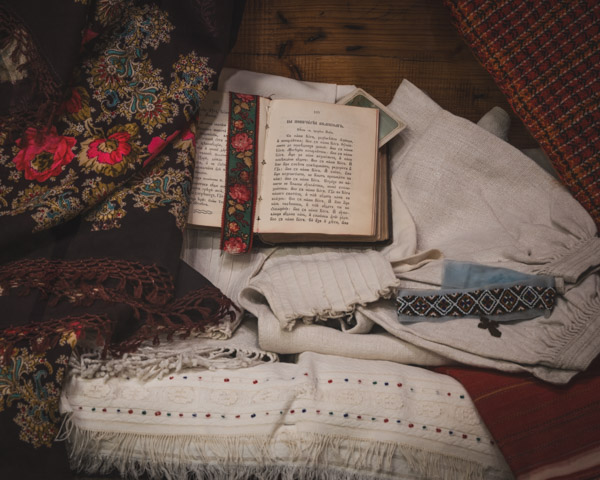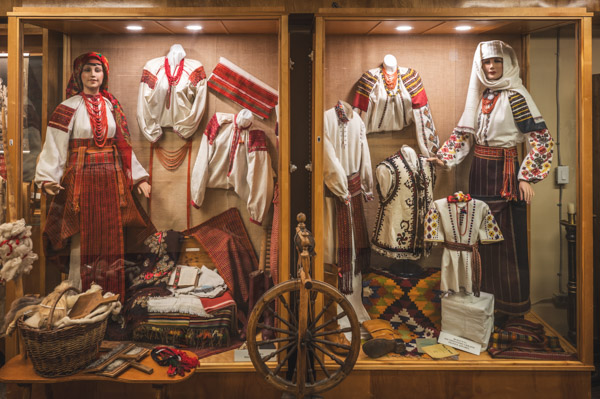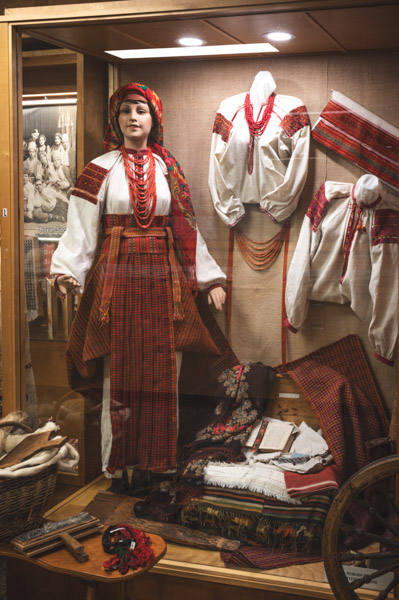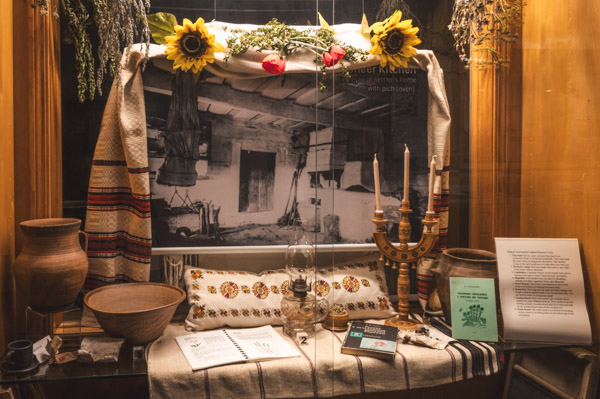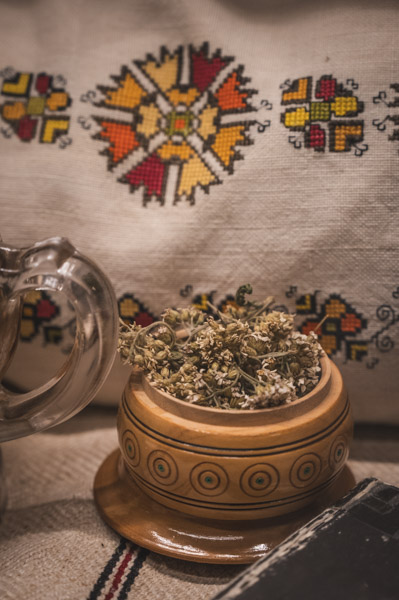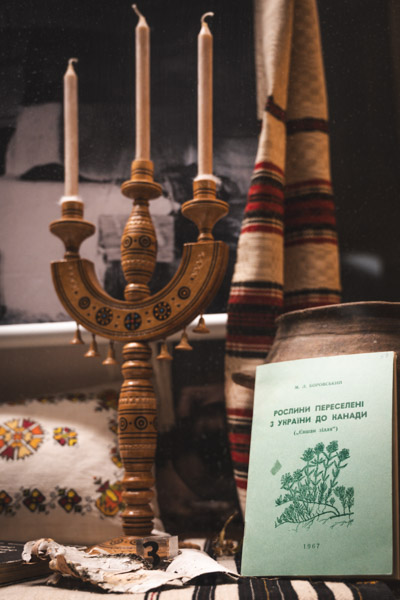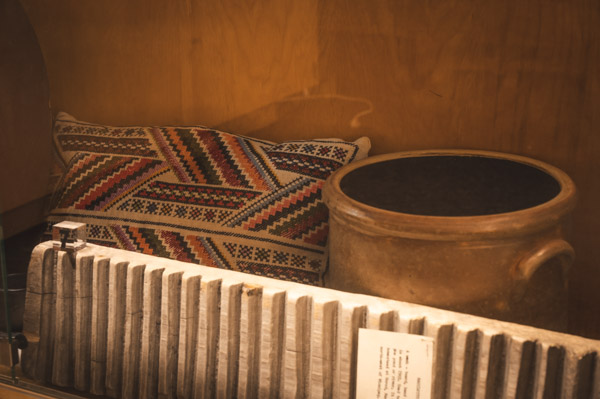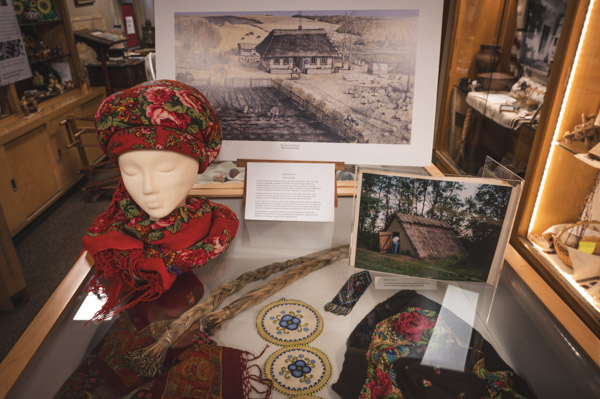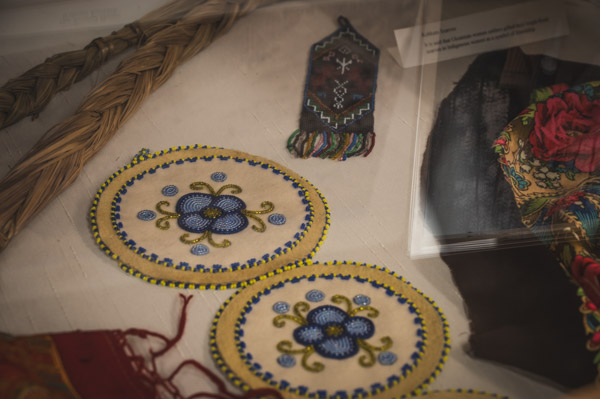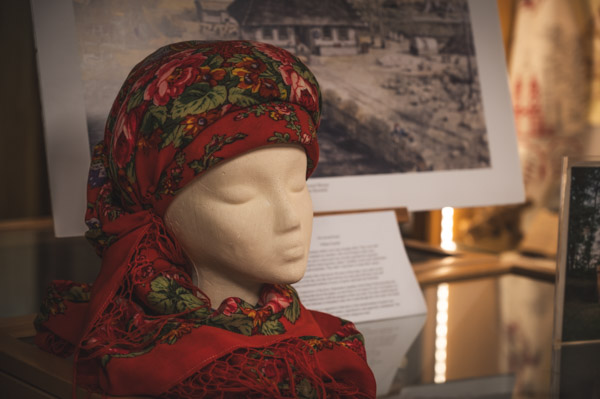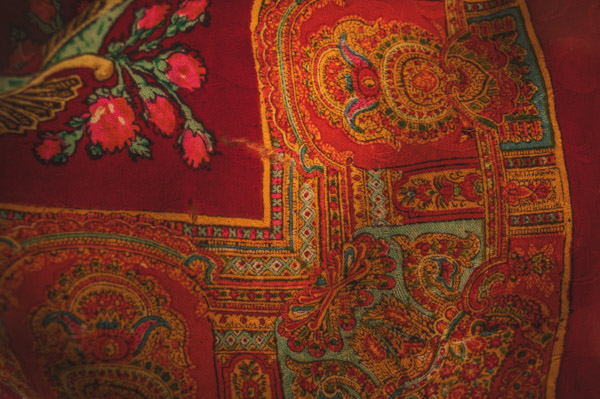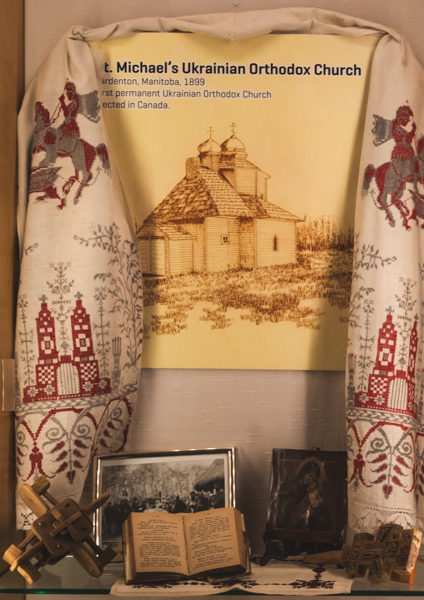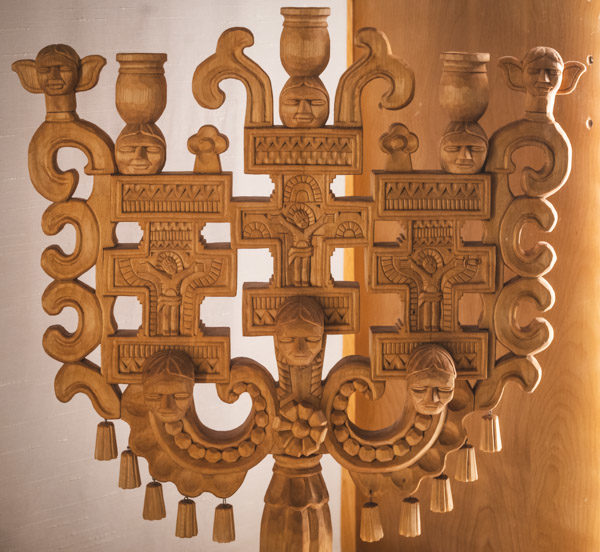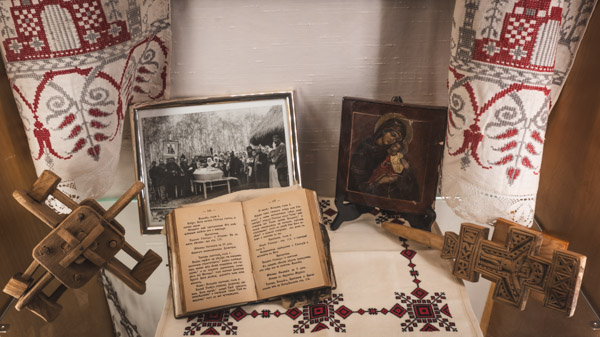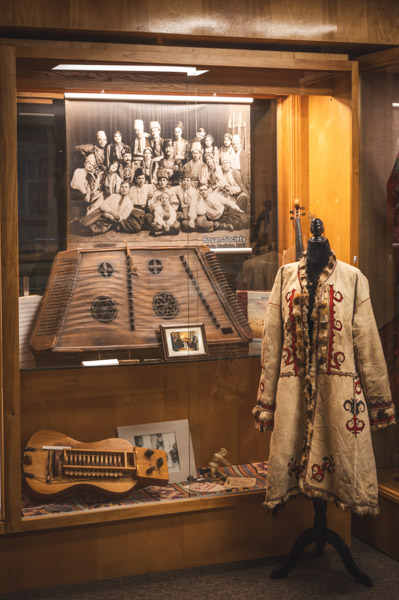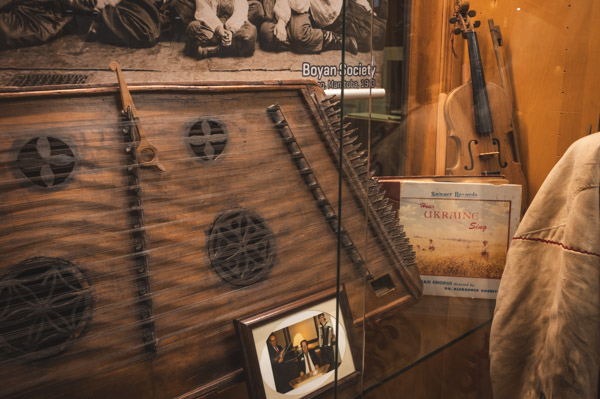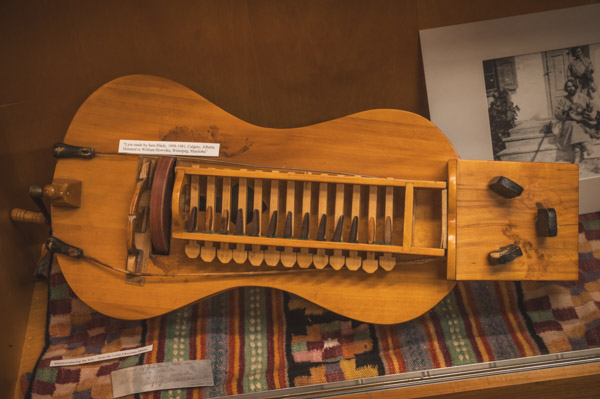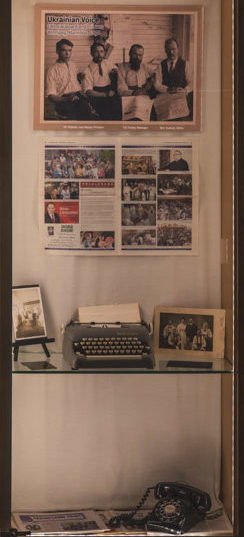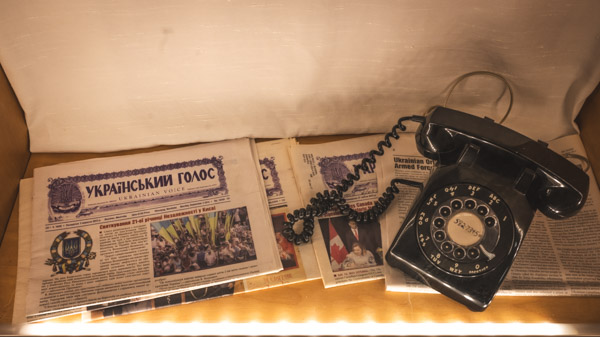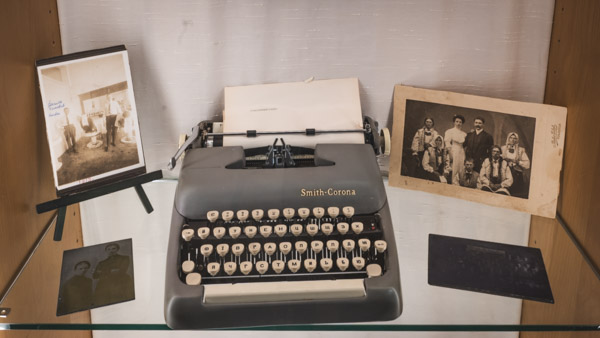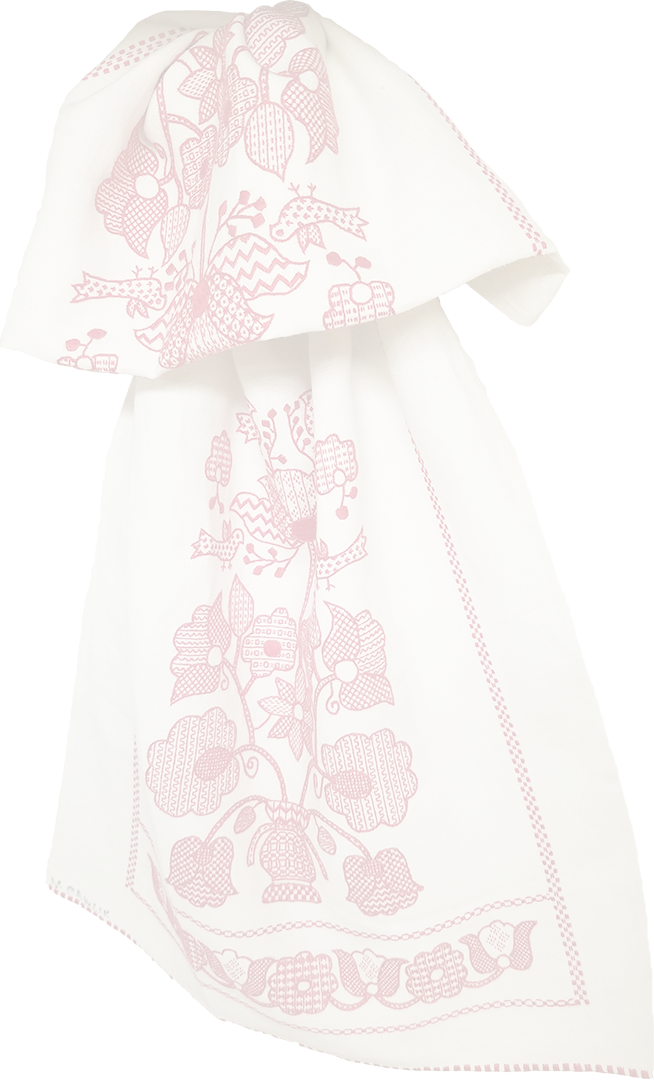
Welcome to our 2024 Exhibit
Finding A New Home:
Manitoba’s first wave of Ukrainian settlers
Finding A New Home, tells a story of the first wave of Ukrainian settlers in Manitoba, arriving between 1891 and 1914. Fleeing economic hardships, political oppression, and lack of land in their homeland, they were drawn to the Canadian Prairies by the promise of free fertile land by the Canadian government.
Please note: you may use the Next and Previous buttons below for traversing the virtual exhibit.
Journey to Canada
VOYAGE TO THE UNKNOWN
When news of the opportunity to immigrate to Canada spread throughout Galicia, present-day western Ukraine, many Ukrainians hurriedly packed their belongings, venturing into the unknown future with little awareness of what lay ahead.
Our cases display what our early settlers brought with them. They would pack farming tools: a sickle, a scythe, an axe; weaving supplies: carders, spindle; seeds: vegetable, hemp, wheat and poppy. Their trunks included traditional clothing, sheepskin coats and a Bible.
Settling in a New Land
FIRST STEPS IN THE NEW WORLD
Upon arrival, Ukrainian pioneers encountered harsh weather, language barriers, and the challenge of building new homesteads from the ground up.
This exhibit offers a glimpse into their daily lives through artifacts such as a mandolin for slicing vegetables, a compressed paper bread pot, a broom, and a pich. The pich, a multi-purpose oven, was essential for heating the home, baking bread, cooking meals, and smoking meats.
Encounter with the New Neighbours
UKRAINIAN AND INDIGENOUS CONNECTIONS
William Kurelek’s painting, “The Second House,” illustrates the early interactions between Ukrainian pioneers and Indigenous peoples, with a Ukrainian house in the foreground and Indigenous tents in the background. Ukrainian women are said to have gifted vibrant floral scarves, known as kookhum scarves—derived from the Indigenous term for grandmother—to symbolize friendship. This gesture reflects the profound alliance between the First Nations and Ukrainian settlers, both seen as outsiders with unique cultural traditions by mainstream Canadians.
A Heart of the Community
ST. MICHAEL’ S UKRAINIAN ORTHODOX CHURCH
The early Ukrainian settlers’ deep religious faith and devotion to their church were central to their lives and community identity, prompting immense efforts to establish a place of worship. St. Michael’s Orthodox Church, built by Ukrainian settlers between 1897 and 1898 and completed in 1899, stands as the first permanent Ukrainian Orthodox church. This church represents the spiritual and cultural traditions of the early immigrant community and remains a treasured landmark.
Our exhibit features key artifacts associated with the Ukrainian Orthodox Church, including a “klepalo,” a percussion instrument used during Lent and Holy Week. Also displayed are a photograph of an early funeral and a wooden candelabra, which illuminated the altar during liturgies.
Preserving Ukrainian Culture
THE BOYAN SOCIETY
The Boyan Society, established in early 20th-century Lviv, Ukraine, was a pivotal cultural and choral organization dedicated to preserving and promoting Ukrainian musical heritage. It focused on choral singing, music education, and cultural activities, creating a platform for Ukrainian composers, musicians, and singers.
In Canada, the Boyan Society was instrumental in maintaining Ukrainian cultural identity through concerts, festivals, and educational programs, enriching the multicultural landscape. Our exhibit features notable instruments associated with the society:
TSYMBALY – A trapezoidal wooden frame with strings struck by small sticks, crucial to Ukrainian music.
VIOLIN – A widely played string instrument in Ukrainian culture.
LIRA – The kolisna lira, a crank-operated string instrument with a distinctive sound, played by travelling musicians known as lirnyky at fairs and communal events, holds a cherished place in Ukrainian folk tradition.
The Ukrainian Voice – Ukrainskyi Holos
THE UKRAINIAN VOICE
The Ukrainian Voice (Ukrainskyi Holos), founded in Winnipeg in 1910, stands as a landmark Ukrainian-language newspaper in Canada. It swiftly became a key source of news, cultural insights, and community advocacy for Ukrainian immigrants and their descendants. The newspaper was vital in preserving Ukrainian cultural identity, covering a broad spectrum of topics from local and international news to literature and social issues.
Our museum proudly displays one of the original typewriters used by the newspaper and several historic photos from its early editions.
If you would like to see this exhibit in-person, it is available until August 31, 2024.
Our hours of operation are:
Tuesday to Saturday
10am – 4pm
Appointments can be made to see the exhibit after August 31st 2021.
To book your in-person visit call us at (204)582-1018.
For more virtual exhibits, please visit: https://umcmb.ca/exhibits/
Previous
Next

